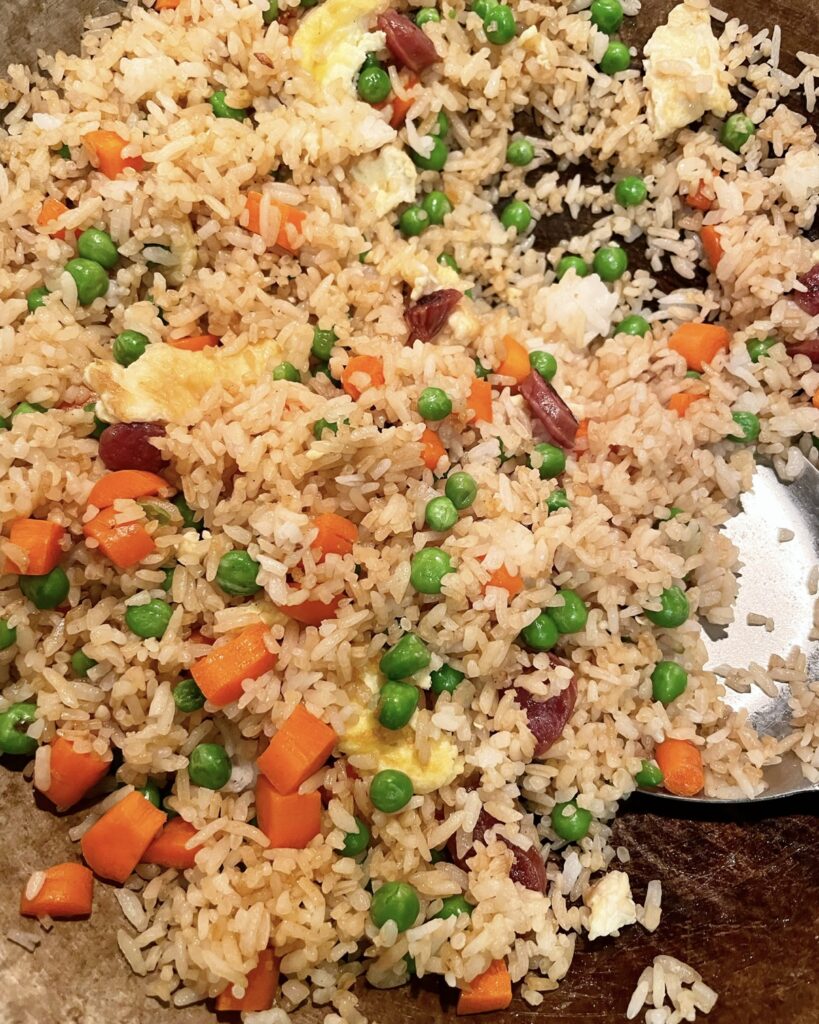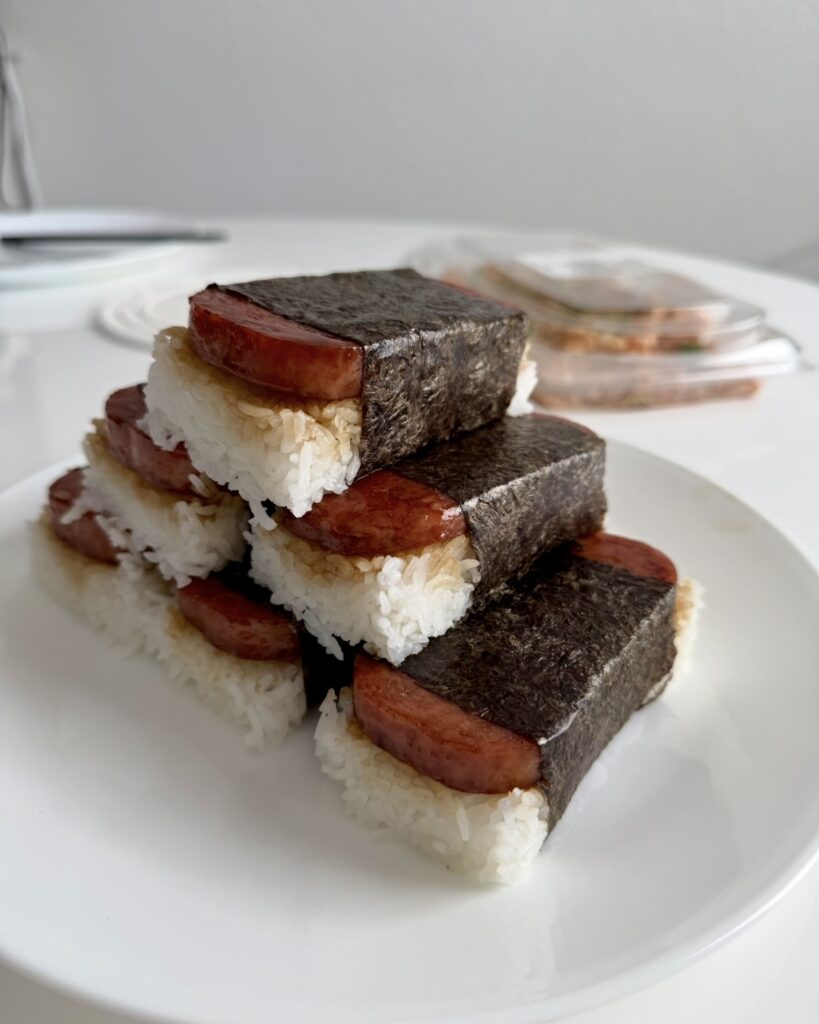A reminder that good things often start with what’s left.
I stood there, fridge door wide open, and stared at a Costco-sized tub of kimchi.
I had bought it because it was a deal, and “we would eat it!” And we did eat it. But there was still so. much. left. Because, again, Costco-sized tub.
Kimchi never really goes bad, so it probably would have been fine living in the fridge for a bit (or a lot) longer. But I didn’t want it taking up precious space anymore, so I did what many Asian grandmas would do: I made it into soup.

And that’s when it hit me. For millennia, people — and let’s be honest, mostly women — have been doing this exact thing: taking what’s on hand, refusing to waste it, and turning it into something comforting. Not out of trendiness or moral virtue, but because they had to.
Before “zero waste” and “farm-to-table” were hashtags, this was just life. The art of stretching. The daily creativity of feeding people with whatever was in your kitchen.
What I made that day was kimchi jjigae. It’s what happens when kimchi gets really fermented and a bit too funky to eat raw — some people like it that way, but I find it too sour. You toss it in a pot with onions, tofu, and pork, and let it simmer into something new. The Costco kimchi I was tired of looking at became lunch and dinner for two days. And I was so pleased with myself — being able to make a delicious meal that lasted us for days out of whatever we had on hand.
My train of thought continued down the track of other “reimagined leftovers” foods. Of course, I thought of fried rice first — the ultimate leftovers food. The sad leftover carrot from the bunch you bought for something else? The random quarter of an onion in the fridge? The scraps of leftover chicken that aren’t enough for a full meal? The bag of frozen peas you forgot about at the back of the freezer? Add some leftover rice (better than fresh because it’s drier and thus better for frying), a bit of soy sauce, and an egg, and you’ve got dinner. Fried rice is resourcefulness turned into comfort food.

Every culture has its own version of this kind of ingenuity. In Japan, extra rice can be shaped into onigiri. In Spain, leftover chicken or fish becomes croquetas. In Italy, yesterday’s bread is soaked and turns into panzanella. In Mexico, stale tortillas transform into chilaquiles. In Cuba, leftover beef is shredded into ropa vieja (literally “old clothes”!). In Hawaii, Spam became a staple after World War II, when imported meat was scarce; now Spam musubi is a cultural icon and proof that what begins as survival can evolve into identity. Across continents and cuisines, people have been practicing the same instinct for centuries: don’t waste, just reimagine.
It’s proof that good food doesn’t have to start from scratch. It starts from what’s left. And in many cases, those dishes become culturally iconic.
All of this feels especially relevant again. The vibe right now feels a bit like the early days of COVID lockdown — everyone staying home, cooking with what they had, googling “how long does x last in the fridge.” Between layoffs, inflation, and grocery prices that make you want to puke, everyone’s trying to make things last a little longer. The old ways — the scrappy, make-it-work ways — suddenly look a lot like wisdom.
While it can sometimes be stressful and overwhelming, there’s something satisfying about being able to look at what’s in the fridge and make something delicious out of it. It’s like a personal episode of “Chopped” but without the curveball of having to use an ostrich egg.

That’s where creativity happens: not in abundance, but in constraint. There’s an art to turning a few mushrooms, some small carrots, and half a lemon into something edible, even delicious. (These are things in my fridge right now. I will be making soup.)
I’ve thought about how we as a modern society have rebranded all of this. Meal prepping and batch cooking are just different names for “cook once, eat twice.” Sustainability and zero-waste are things your grandmother called “using what’s in the pot.” They weren’t doing this with the intention of saving the planet. They were doing it to save their money while feeding hungry mouths.
Our mothers and grandmothers might not have called it resilience, or creativity, or sustainability. They just called it dinner.
There’s comfort in that — in knowing that when things feel uncertain, when money’s tight or plans fall apart, we can still make something nourishing out of what remains.
There’s some deeper thought here that extends beyond food, but I’m too hungry to dive into that.
Leave a Reply